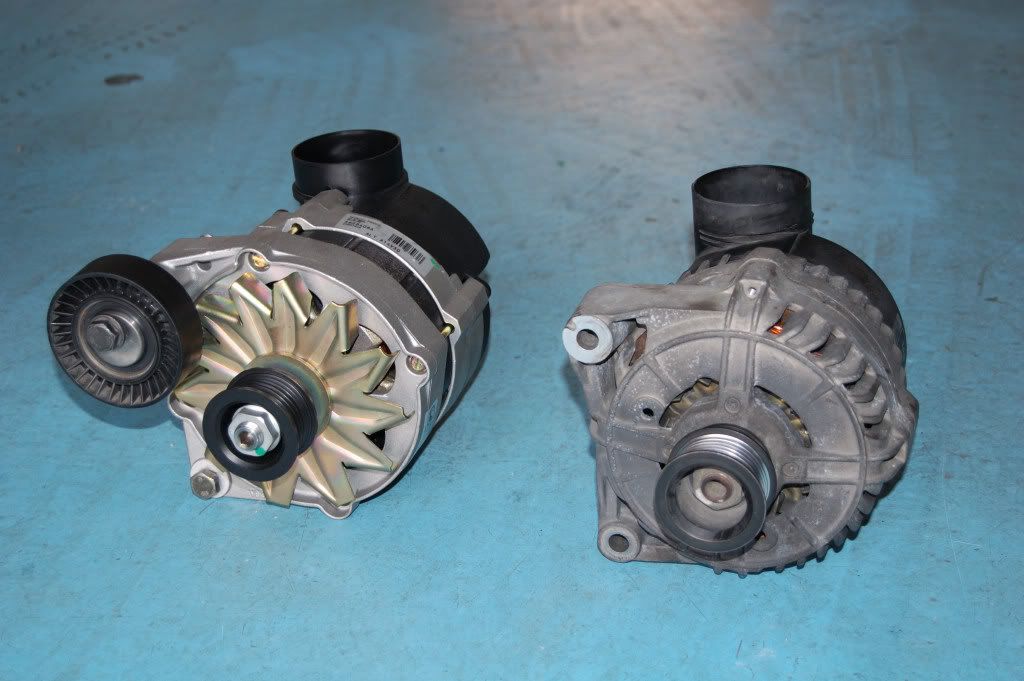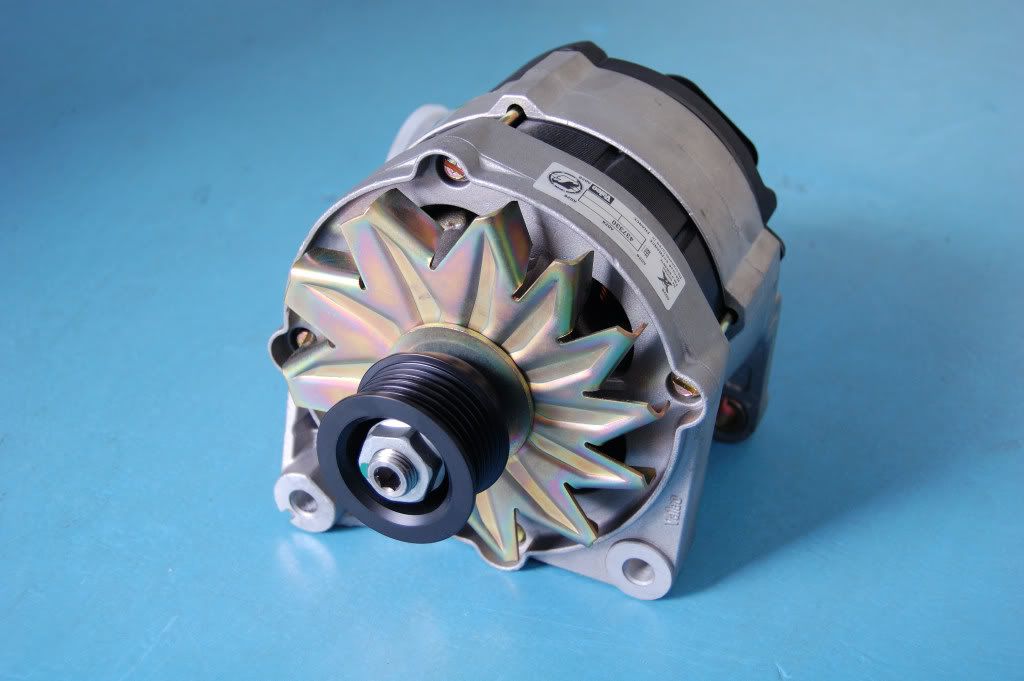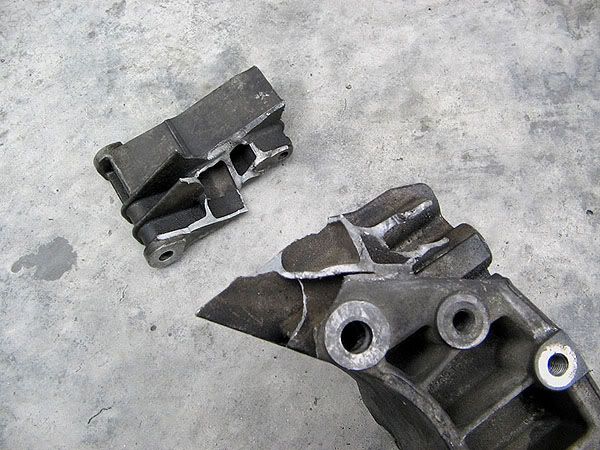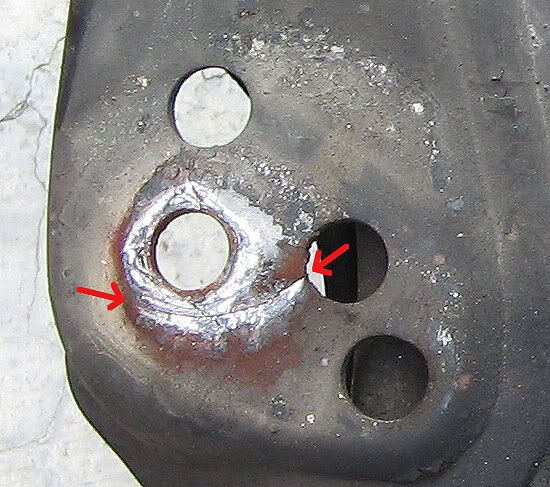Lee36328
Club Guest
- Joined
- Dec 8, 2004
- Messages
- 2,610
- Points
- 0
Bro Lamoo,
Thanks for your phone call. It was nice chatting with you.
I recall I posted the info before. Tried to use the "search" function to search my own thread, but it does not return results by posts, only by thread, so I could not find it.
Searching manually, found it finally. Here is the info you asked about, way back in page 26 of my thread, dated Jan 2008. Wow, time flies.
http://www.bmwclubmalaysia.com/forums/showthread.php?1222-e36-328-ownership-experience/page26
Thanks for your phone call. It was nice chatting with you.
I recall I posted the info before. Tried to use the "search" function to search my own thread, but it does not return results by posts, only by thread, so I could not find it.
Searching manually, found it finally. Here is the info you asked about, way back in page 26 of my thread, dated Jan 2008. Wow, time flies.
http://www.bmwclubmalaysia.com/forums/showthread.php?1222-e36-328-ownership-experience/page26
Lee36328;281815 said:Press 'Auto' and Defrost simultaneously.
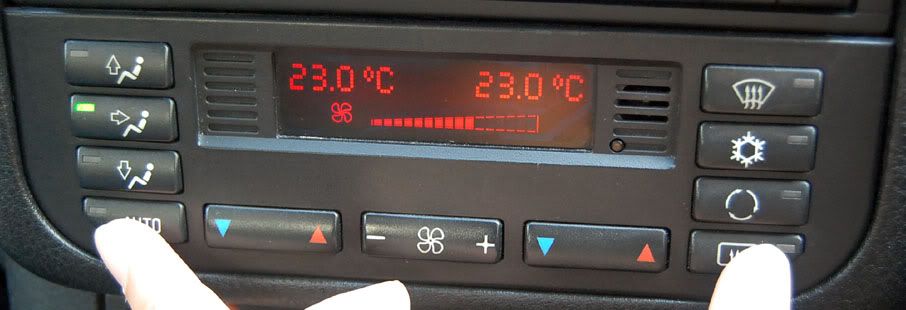
You will see the display change to this.
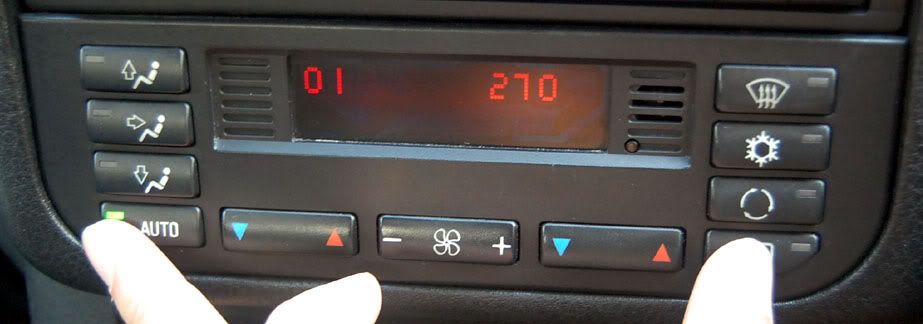
Press the minus '-' button. The left number will change to '12'.

Press the minus '-' button again and the left number will change to '11'. This displays the charge from the alternator.
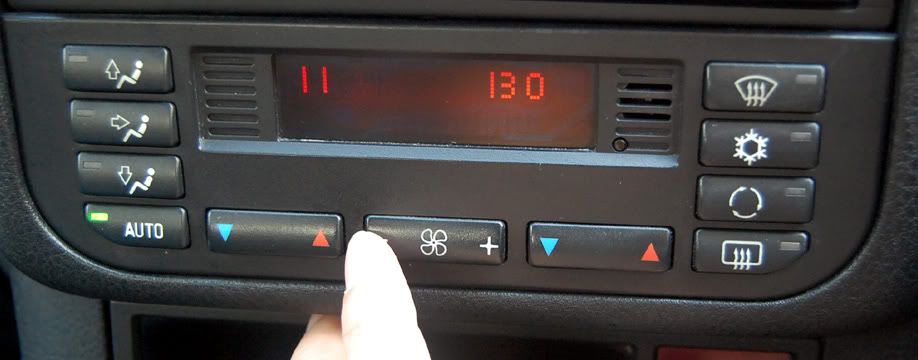
A healthy alternator will show the charge to be 13.0 volts ('130'), as in this example. It may occasionally fluctuate to 135 or sometimes 125, but should settle around 130. A charge of 120-125 indicates a less-than-optimum alternator charge. At 110, the battery warning light will come on, indicating the battery is not being charged.
To restore the display, press the 'Auto' and Recirculate button.

And the display will return to normal.

Why Is Alternator Charging Output Important?
Many important processes in the car run on the charge from the alternator, including to name a few,
These elements affect your driving experience in the following ways.
- combustion (firing of the spark plugs)
- auto gearbox shift
- lights
- sound system
- charging the battery
Combustion depends on the electric spark plugs firing optimally, which also means the throttle response and your fuel consumption will improve if your alternator is in good shape.
Gearbox shifting can be view in two parts. First, the parameters are monitored to determine if a shift should occur. If yes, the shift is executed. Both steps involve sensors and solenoids.
"The computer uses sensors on the engine and transmission to detect such things as throttle position, vehicle speed, engine speed, engine load, brake pedal position, etc. to control exact shift points as well as how soft or firm the shift should be. Once the computer receives this information, it then sends signals to a solenoid pack inside the transmission. The solenoid pack contains several electrically controlled solenoids that redirect the fluid to the appropriate clutch pack or servo in order to control shifting. Computerized transmissions even learn your driving style and constantly adapt to it so that every shift is timed precisely when you would need it. "
http://www.familycar.com/Transmission.htm
And sensors and solenoids run on... you guessed it, electricity. So, determining the correct time to shift, and executing the shift smoothly, relies on a good healthy alternator.
That's why the Voltage Stabilizer is your best friend. Fluctuating voltage really screws up your car's ECU, along with everything else electrical. And if you are into ICE, you'll know how important a clean electrical signal is.
All the above reasons explain why I would personally prefer a new alternator.

